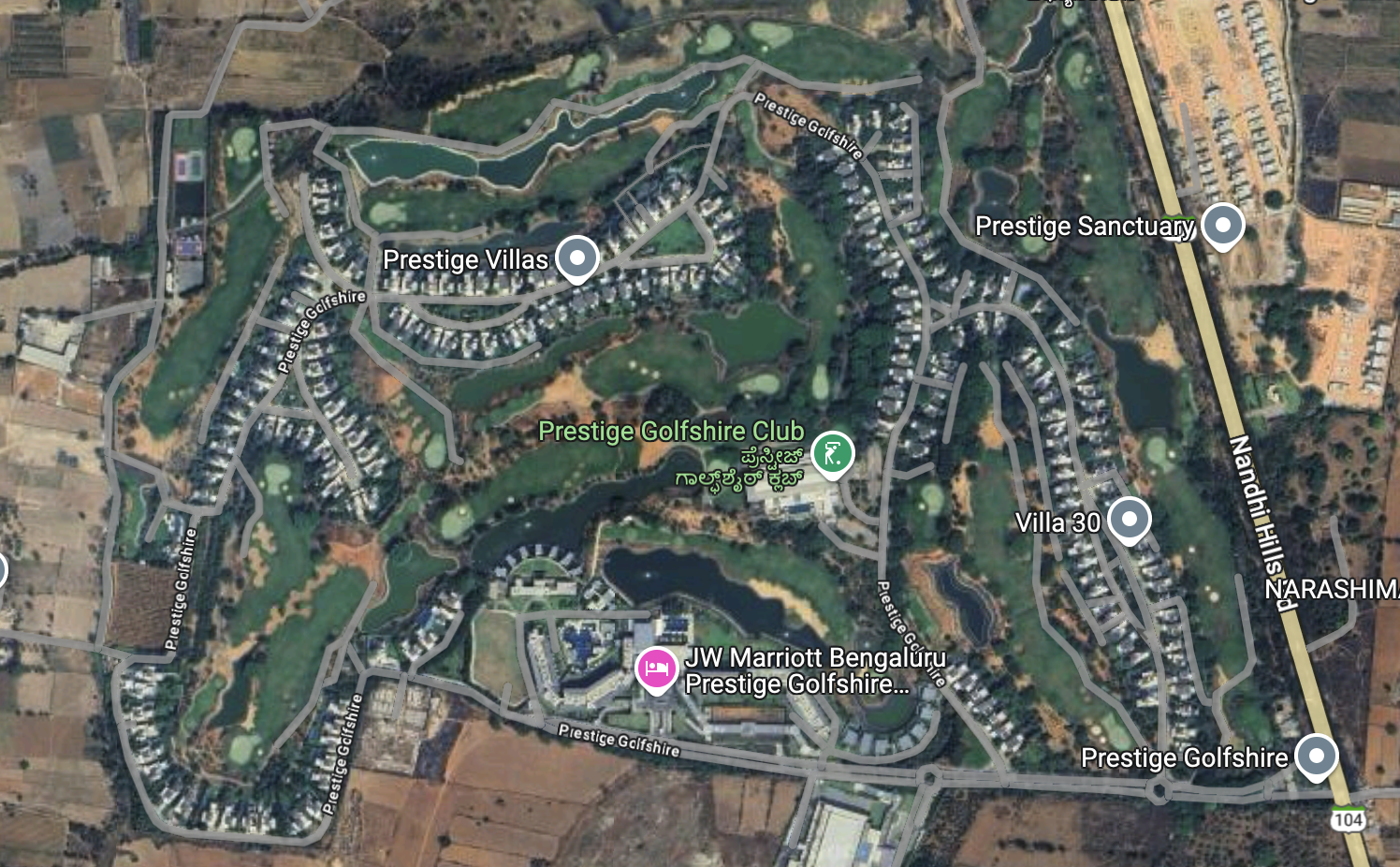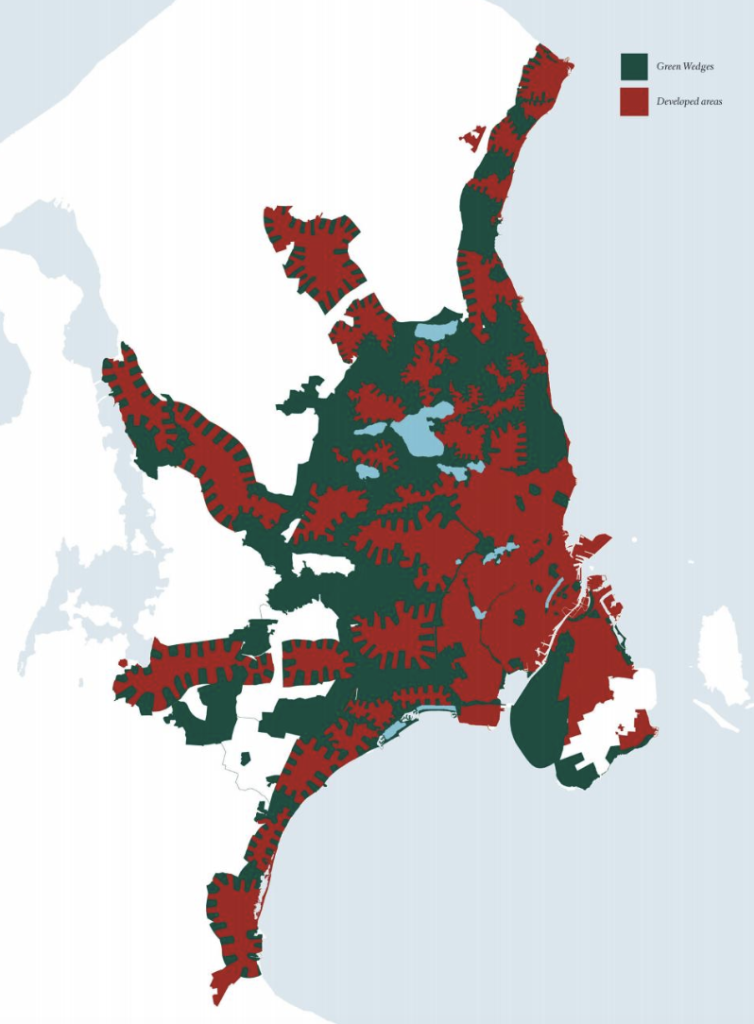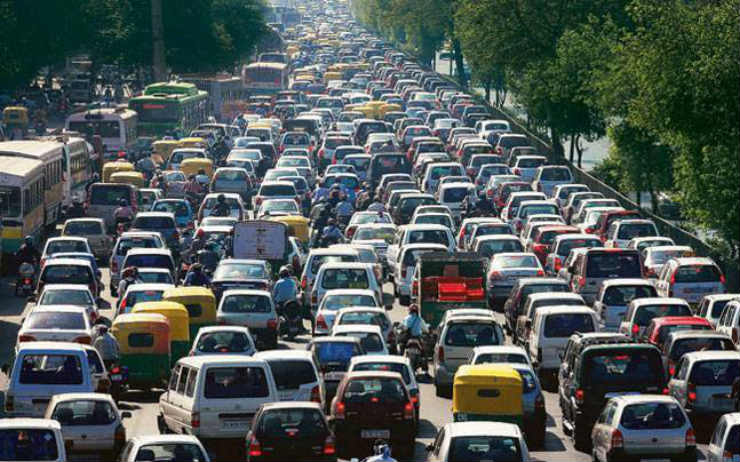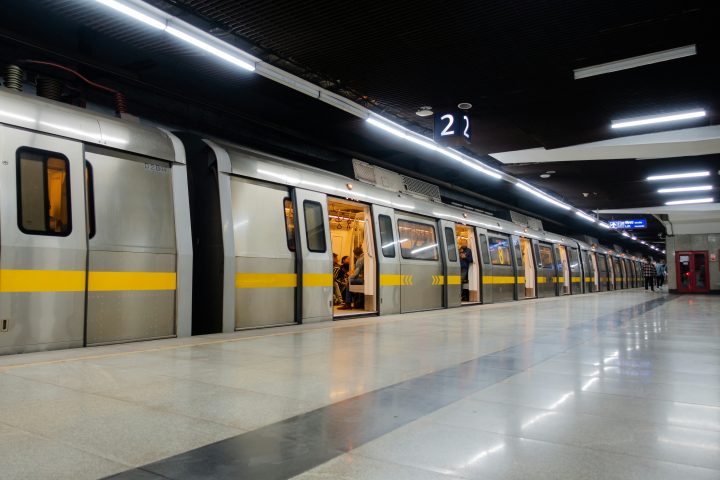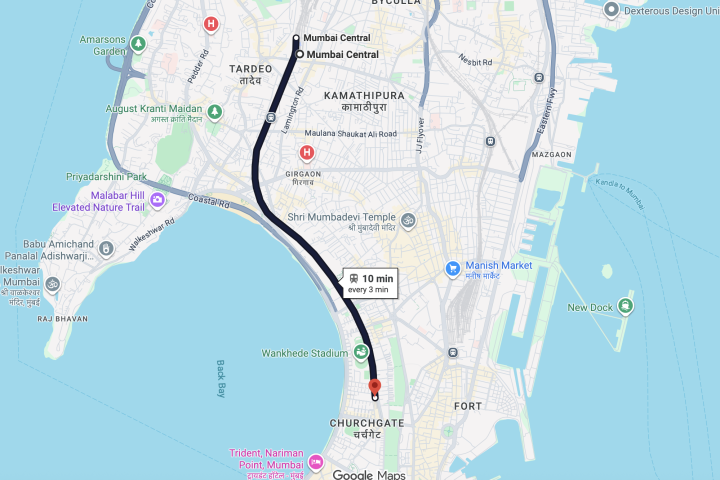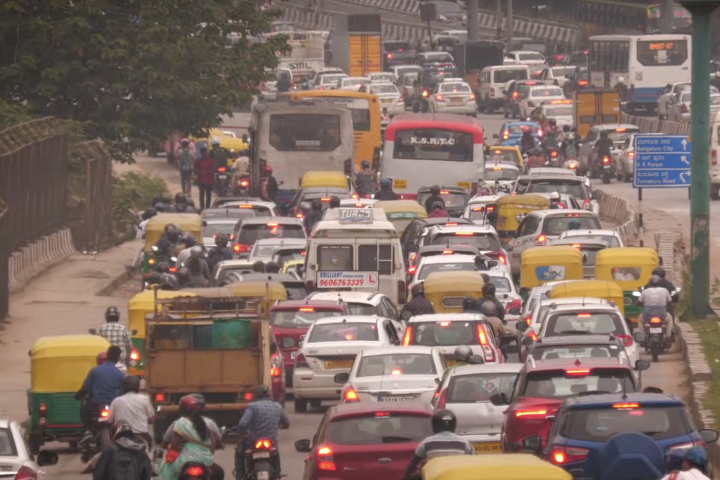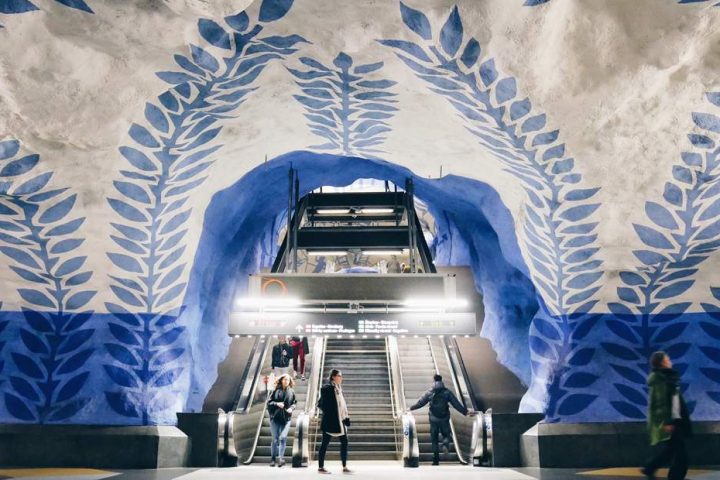The upper middle class & the rich in India are surrounding themselves with walls & barriers. Large gated communities are growing in popularity, and as wealth disparity in the country grows, several private developers are rushing in to cater to this demand.
Here is what defines it: “A gated community is a form of residential community or housing estate containing strictly controlled entrances for pedestrians, bicycles, and automobiles, and often characterized by a closed perimeter of walls and fences.”
These often provide services(groceries, saloons etc) and amenities(pool, sports facilities etc) to the residents staying in the walled garden.
So, why are the wealthy moving into one? Simple, it is far easier to control and curate your surroundings if it is privately funded and managed.
Independent rows house, often lake facing, accessible by cars, greenery, well maintained facilities, nice roads, 24×7 security is something to be aspired for. Builders sell you a dream of living abroad right within India – and it seems to be working. Given the poor quality of life in Indian cities, it does make sense for people to take that hard earned money & invest in an asset that can offer a bit of peace of mind and a struggle-free life.
It is estimated that by 2026, demand for gated communities will increase by 2.5x reaching $500 billion.
But there is a catch … well several catches.
1. Gated communities usually privatize some types of spaces that would ordinarily be publicly available to all citizens. For eg: internal roads may only have restricted access available to internal residents.
2. They discourage social integration that is required for a healthy social and civic environment. Residents hardly interact with each other in such settings because the whole thing is designed for “isolation”.
3. Even in communities where there are gatherings and social events, the social and economic levels of participants is equal, meaning, the rich rarely socialize with less fortunate.
3. And then there is the impact on rest of us. By keeping the “unwanted” away, gated communities increase inequality in the society through their exclusive enclaves.
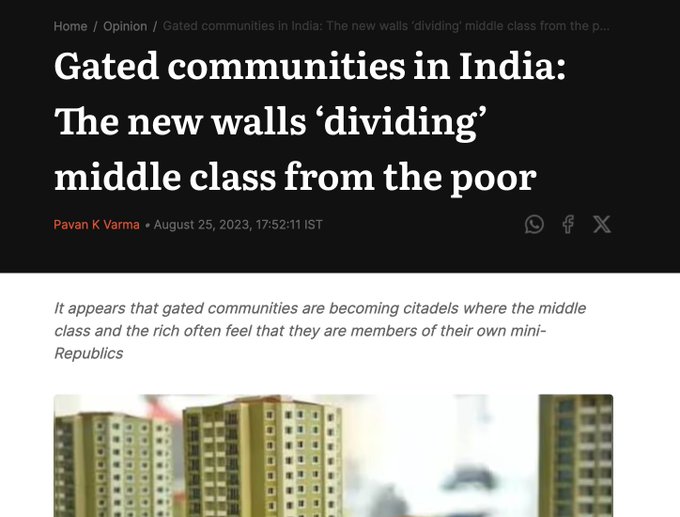
Pavan K Varma writes in Firstpost, “It appears that gated communities are becoming citadels where the middle class and the rich often feel that they are members of their own mini-Republics.”
Then there is the aspect of land usage. It is inefficient, with very low densities, thereby encouraging urban sprawl. Cities keep growing wider than growing denser and taller.
They also adversely impact the mobility within a city. One has to take a longer route bypassing the gated community to reach the other side. Abhik Bhattacharya writes in Outook, “Losing the agricultural lands, the village people certainly found themselves surrounded by humongous structures. In the wake of such transition, the insider of the villages became the perennial outsiders”. In some cases courts have stepped in to resolve such conflicts.
As for safety, A 2013 study of South Africa’s gated neighborhoods found that moving to these residences actually increased the risk of burglary.
Right now, there seems to be no deterring law to control or manage the rise of gated communities. This issue primarly stems from the fact that municipalities are unable to handle and provide basic amenities to the residents of the city.
